10 Quick and Easy Food Quality Tests
There are many ways to check the quality of the food products we eat every day. However, most of them require the assistance of professionals or special equipment. There are many awesome teams that you can learn with Live classes and have more knowledge about good recipes of food and drinks.
We at FunnyModo suggest only those you can do all by yourself at home or even right in the supermarket.
Chicken
Pay attention to the white stripes and thick layer of fat on chicken breasts. It means farmers injected growth hormones into the poultry, and the chickens gained weight way too fast. Such meat is not good for your health.
The color is also a very important thing to pay attention to: if it’s yellowish, it’s not fresh. Raw chicken breasts should be pink and should not be too soft.
Cottage cheese
A drop of iodine will help you check if your cottage cheese contains starch. If it does, the stain will become deep blue, and if it doesn’t the color will stay yellow or brown.
Leave some cottage cheese at room temperature. If it contains vegetable fats, it’ll go yellow. After this test, fresh cottage cheese may taste sour but won’t change color.
Honey
Pour some honey onto a surface. Fake honey drips and immediately spreads on the surface. High-quality honey is quite thick, and it trickles in a thin stream.
If you taste caramel flavor, it means your honey has already been heated up. If you can taste excessive sweetness, it means this honey contains white sugar.
Sour cream
To check if sour cream contains vegetable fats, stir a spoonful of sour cream into a glass of hot water. A product of poor quality will produce white flakes. Real sour cream will become a homogeneous thick liquid.
Frozen veggies, berries, and fruits
Check if a package of frozen product has snow or pieces of ice in it. If it does, it hasn’t been stored properly. Choose products that have frost on them.
Fish
Fresh fish shouldn’t have cloudy eyes, and healthy gills are always a bright red color. Its skin should have a naturally metallic glow, and scales must be tightly attached to the body.
Meat
When choosing meat, press it with your finger. Fresh meat should be resilient enough to make your fingerprint disappear.
Cut a big piece in half: if the meat is dark but has white contours, it means its shelf life was extended with additives. Pat it dry with a paper towel — fresh meat shouldn’t leave too much moisture and blood on the towel.
Herbs
Hold a bunch of dill, for example. If the leaves hang over the sides, it’s already wilted. Plus, if the color is too dark and the stems are too long, it means it contains nitrates. Fresh herbs are always a natural green color.
Cheese
You can easily spot cheese that contains vegetable fats. It’ll crumble when you cut it (not applicable to hard types of cheese like cheddar), and it’ll dry out and develop cracks when left without a package.
Leave some cheese at room temperature. A high-quality product will just become softer, but if it dries out and moisture appears on it, better let it go.
Ice cream
Leave your favorite ice cream at room temperature. If it contains vegetable fats, it’ll stay frozen for longer and eventually melt into a liquid.
Ice cream with good-quality ingredients will melt into a thick white creamy substance.
Preview photo credit depositphotos

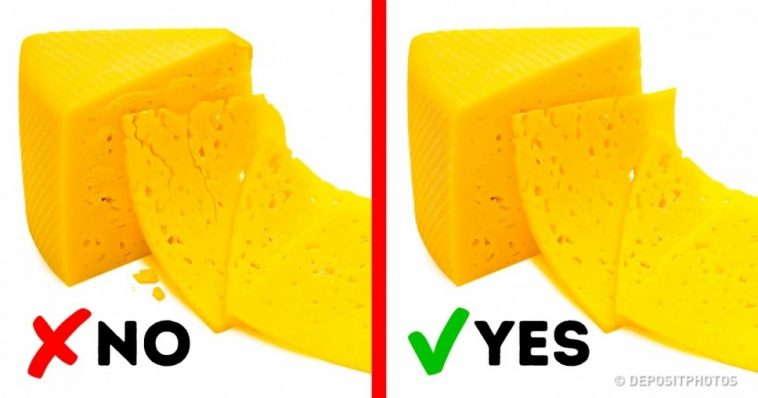

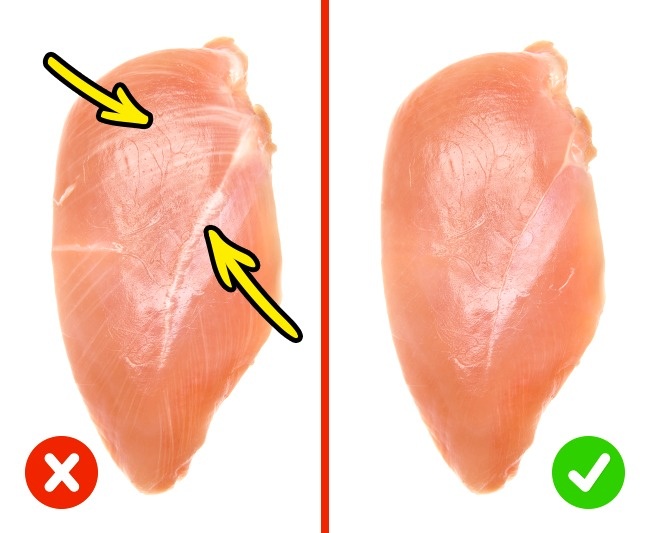
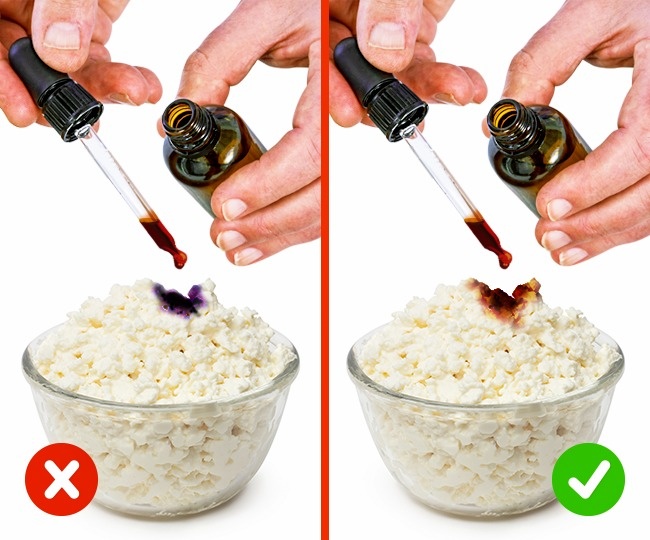
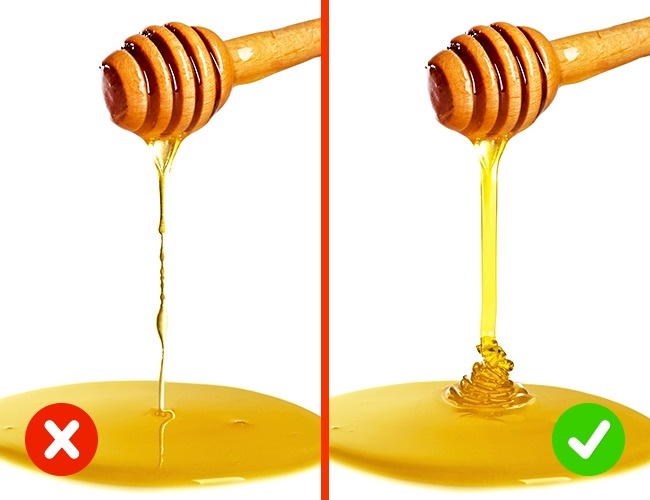
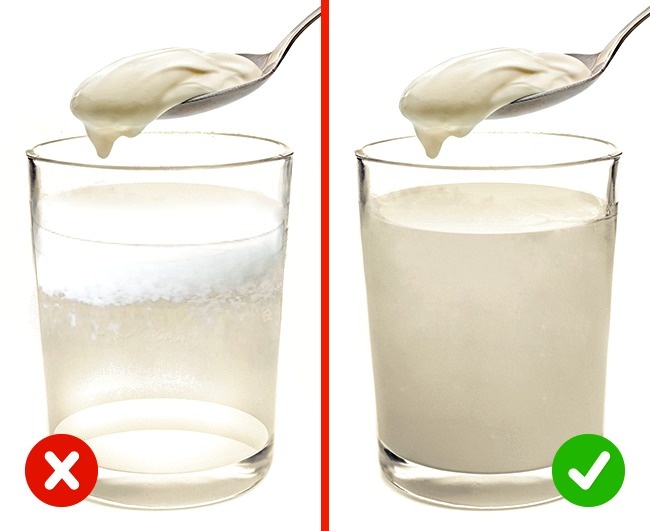

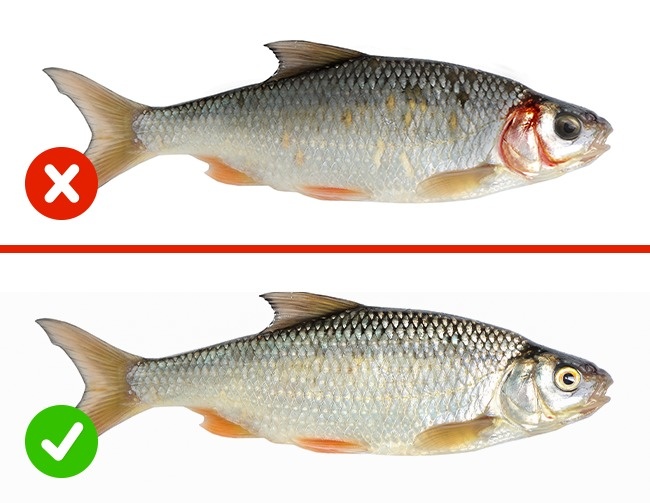



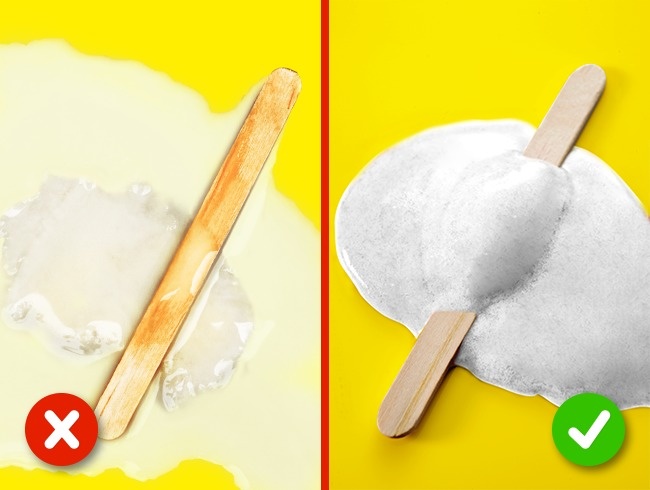


Comments